Tour Programs
Download Reservation FormSeoul Palace & Temple Tour (Code : HT-1)
- Tour Duration : 6h (09:00 ~ 15:00)
- Start/End Location : COEX Westgate
- Min. Participant : 20
Inclusive
- Transportation(44-Seater Bus)
- English Speaking Tour guide
- Admission Fee & Lunch
Tour Itinerary
-
Gwanghwamun Gate
(Changing of the Royal Guard Ceremony) - Gyeongbokgung Palace
- Jogyesa Temple
Attraction Overview
- 1) Gwanghwamun Gate(Changing of the Royal Guard Ceremony)
-
- During the Joseon Dynasty, the royal guards were responsible for guarding and patrolling the gates of the capital city and the royal palaces.
- They were divided into day and night shifts, and the Changing of the Guard ceremony took place whenever the shifts changed over.
- This ceremony is a great opportunity to experience a rare traditional scene in Korea, as the ceremony is reenacted exactly as it used to be held, with guards wearing royal uniforms, carrying traditional weapons and playing traditional instruments.
- Gyeongbokgung Palace : 10:00 , 14:00
- Gwanghwamun Gate : 11:00, 13:00
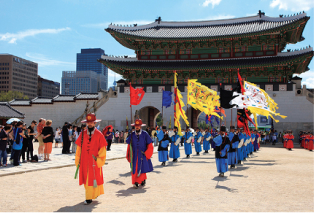
- 2) Gyeongbokgung Palace
-
- Gyeongbokgung Palace was the first and largest of the royal palaces built during the Joseon Dynasty.
- Built in 1395, Gyeongbokgung Palace was located at the heart of the newly appointed capital of Seoul and served as the main palace of the Joseon Dynasty
- Visitors to Gyeongbokgung can also visit the National Palace Museum of Korea and the National Folk Museum of Korea as they are located on the palace grounds.
- There is also a cafeteria, souvenir shop, voice guide, PDA rental service, and more amenities available.

- 3) Jogyesa Temple
-
- Jogyesa Temple is located in central Seoul, and it is one of Korea's major Buddhist temples.
- The temple's main hall is called Daeungjeon Hall and the famous statue of the seated Buddha is enshrined here.
- Baeksong, a white pine tree that is more than 500 years old stands next to Daeungjeon.
- Due to Jogyesa's location in the heart of Seoul, huge numbers of tourists visit the temple to experience Buddhist culture.
- The temple hosts a temple stay program and the annual Lotus Lantern Festival.

DMZ Tour (Code : HT-2)
- Tour Duration : 7h (07:00 ~ 14:00)
- Start/End Location : COEX Westgate
- Min. Participant : 20
※ DMZ shuttle bus must be used if there are less than 30 participants
※ All Participants must prepare passport
Inclusive
- Transportation(44-Seater Bus)
- English Speaking Tour guide
- Admission Fee & Lunch
Tour Itinerary
- Imjingak Resort
- The Third Tunnel
- Dora Observatory
Attraction Overview
- 1) Imjingak Resort
-
- Located approximately 56 kilometers from Seoul City Hall and 7 kilometers from DMZ, Imjingak is an important part of Korean history
- Imjingak Resort has various war-related artifacts as well as spacious Pyeonghwa Nuri Park.
- The resort preserves the Freedom Bridge and Imjingang rail bridge from the Korean War to remind people of the past, along with a Memorial Hall, memorial monuments, and recreational areas
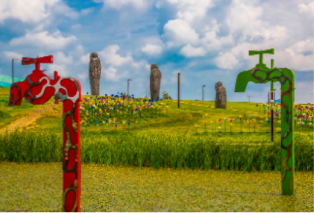
- 2) The Third Tunnel
-
- The 3rd Tunnel was discovered by South Korea in 1978.
- It spans over 1,635m in length, 2m in width, and 2m in height and is located 52km from Seoul.
- It is estimated that approximately 30,000 soldiers could move through the tunnel per hour.
- The scale is similar to the 2nd Tunnel, but it was thought to be more threatening as an invasion tool than the 1st and 2nd Tunnels.
- Located only 4km away from Imjingak
- The DMZ theater and exhibition hall is also located inside of the tunnel
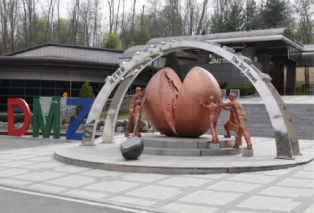
- 3) Dora Observatory
-
- From the observatory, visitors can overlook North Korea, including Gaeseong, Songaksan, Kim Il-Sung Statue, and Cooperation Farm.
- The observatory has 500 spectator seats, a VIP room, and a large parking area.
- It was first opened to the public in January 1987.
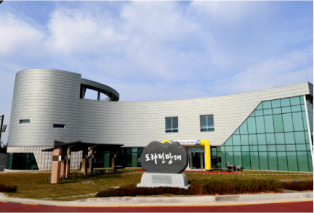
Seoul City Tour (Code : HT-3)
- Tour Duration : 7h (09:00 ~ 16:00)
- Start/End Location : COEX Westgate
- Min. Participant : 20
Inclusive
- Transportation(44-Seater Bus)
- English Speaking Tour guide
- Admission Fee & Lunch
Tour Itinerary
- Cheonggyecheon Museum
- Cheonggyecheon Stream
- The Seoul Museum of History
Attraction Overview
- 1) Cheonggyecheon Museum
-
- Cheonggyecheon’s turbulent history is on display at the Cheonggyecheon Museum, which opened in September 2005.
- The museum offers visitors the chance to learn about the many changes the stream has seen, including being buried underground and being restored.
- The story is told with the help of a scale-model and period photographs.
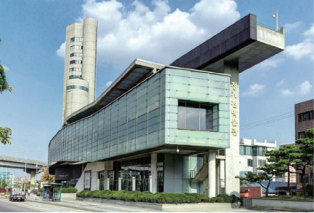
- 2) Cheonggyecheon Stream
-
- Cheonggyecheon Stream is an 11 km-long stream that runs through downtown Seoul.
- Created as part of an urban renewal project, Cheonggyecheon Stream is a restoration of the stream that was once there during the Joseon Dynasty
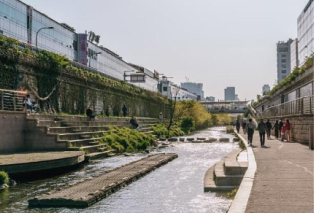
- 3) The Seoul Museum of History
-
- The Seoul Museum of History is the only museum in Korea that represents the city’s history and culture.
- Since its establishment on the former site of Gyeonghuigung Palace in 2002, the museum has offered visitors the chance to experience 600 years of Seoul’s history and culture through interactive exhibitions.
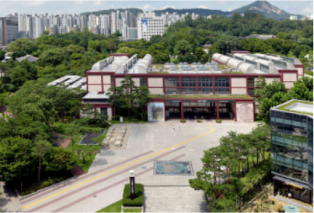
Suwon Hwaseong Tour (Code : HT-4)
- Tour Duration : 9h (08:00 ~ 17:00)
- Start/End Location : COEX Westgate
- Min. Participant : 20
Inclusive
- Transportation(44-Seater Bus)
- English Speaking Tour guide
- Admission Fee & Lunch
Tour Itinerary
-
Suwon Hwaseong Fortress
(Archery experience program included ) - Hwaseong Haenggung Palace
Attraction Overview
- 1) Suwon Hwaseong Fortress
-
- Suwon city was one of main regional government centers during the Joseon dynasty
- Hwaseong Fortress, built to protect the city, was designated as a UNESCO World Cultural Heritage Site on December 12, 1997, for its historical value.
- The fortress, constructed from 1794 to 1796, was built as a display of King Jeongjo’s filial piety towards his father and to build a new pioneer city with its own economic power.
- Visitors can experience the Korean traditional archery(10 Shots per person)
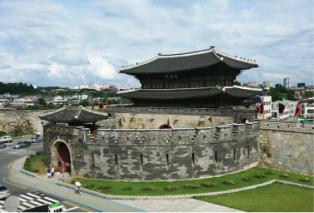
- 2) Hwaseong Haenggung Palace
-
- The Haenggung is a temporary palace where the king and royal family retreated to during a war.
- Hwaseong Haenggung Palace is the largest one of these, used by the Joseon kings since the time of King Jeongjo.
- The palace was the location of a splendid feast held on the 60th birthday of his mother, and many other events, including award certificates for successful candidates of special national exams.
- These days, the palace serves as a venue for many traditional cultural performances and activities.
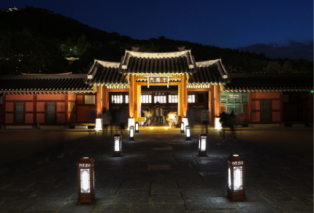
Korean Folk Village Tour (Code : HT-5)
- Tour Duration : 7h (09:00 ~ 16:00)
- Start/End Location : COEX Westgate
- Min. Participant : 20
Inclusive
- Transportation(44-Seater Bus)
- English Speaking Tour guide
- Admission Fee & Lunch
Tour Itinerary
- Korean Folk Village
Attraction Overview
- 1) Korean Folk Village
-
- The Korean Folk Village is an outdoor folk museum designed to preserve and showcase Korean traditional culture.
- It is an immensely popular tourist destination among both domestic and foreign tourists looking to immerse themselves in traditional Korean culture.
- Visitors can tour old buildings and try different folk materials rebuilt and reproduced based on thorough historical research.
- Moreover, the Korean Folk Village hosts seasonal festivals with fresh new takes on a variety of traditional themes, such as “Welcome to Joseon,” and “Old Folk Games,” etc. to make your visit even more entertaining
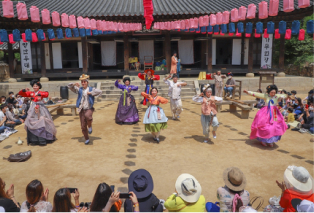
Seoul Palace & Historic Local Tour (Code : HT-6)
- Tour Duration : 7h (09:00 ~ 16:00)
- Start/End Location : COEX Westgate
- Min. Participant : 20
Inclusive
- Transportation(44-Seater Bus)
- English Speaking Tour guide
- Admission Fee & Lunch
Tour Itinerary
- Changdeokgung Palace
- Bukchon Hanok Village
- The War Memorial of Korea
Attraction Overview
- 1) Changdeokgung Palace
-
- Changdeokgung Palace was the second royal villa built following the construction of Gyeongbokgung Palace.
- The palace grounds are comprised of a public palace area, a royal family residence building, and the rear garden.
- Changdeokgung Palace’s garden behind the inner hall, called the Secret Garden, was constructed during the reign of King Taejong and served as a rest area for the royal family members
- Changdeokgung Palace was recognized as a World Cultural Heritage site by the UNESCO World Cultural Heritage Committee.
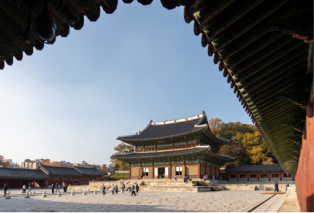
- 2) Bukchon Hanok Village
-
- Gyeongbokgung Palace was the first and largest of the royal palaces built during the Joseon Dynasty.
- Today, many of these hanoks operate as cultural centers, guesthouses, restaurants and tea houses, providing visitors with an opportunity to experience, learn and immerse themselves in traditional Korean culture.
- As Bukchon Hanok Village is an actual neighborhood with people's homes, visitors are advised to be always respectful while looking around.
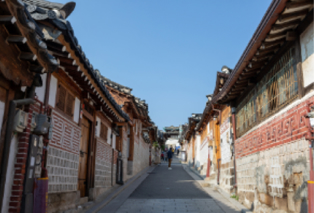
- 3) The War Memorial of Korea
-
- The War Memorial of Korea, located in Yongsan-gu, Seoul, exhibits and preserves materials related to the Korean War and serves as a national moral educational venue.
- The museum houses approximately 33,000 artifacts with about 10,000 on display at indoor and outdoor exhibitions.
- Visitors of all ages from children to adults can also participate in 20 various educational programs and diverse cultural events such as military music and honor guard events, drawing contest, cultural event and more.
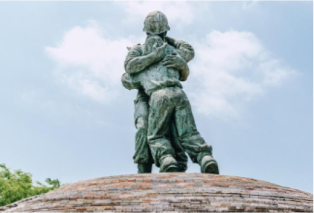
Seoul Traditional Experience Tour (Code : HT-7)
- Tour Duration : 7h (09:00 ~ 16:00)
- Start/End Location : COEX Westgate
- Min. Participant : 20
Inclusive
- Transportation(44-Seater Bus)
- English Speaking Tour guide
- Admission Fee & Lunch
Tour Itinerary
-
Gwanghwamun Gate
(Changing of the Royal Guard Ceremony) - Gyeongbokgung Palace
- Tongin Market(Lunch Box)
Attraction Overview
- 1) Gwanghwamun Gate(Changing of the Royal Guard Ceremony)
-
- During the Joseon Dynasty, the royal guards were responsible for guarding and patrolling the gates of the capital city and the royal palaces.
- They were divided into day and night shifts, and the Changing of the Guard ceremony took place whenever the shifts changed over.
- This ceremony is a great opportunity to experience a rare traditional scene in Korea, as the ceremony is reenacted exactly as it used to be held, with guards wearing royal uniforms, carrying traditional weapons and playing traditional instruments.
- Gyeongbokgung Palace : 10:00 , 14:00
- Gwanghwamun Gate : 11:00, 13:00

- 2) Gyeongbokgung Palace
-
- Gyeongbokgung Palace was the first and largest of the royal palaces built during the Joseon Dynasty.
- Built in 1395, Gyeongbokgung Palace was located at the heart of the newly appointed capital of Seoul and served as the main palace of the Joseon Dynasty
- Visitors to Gyeongbokgung can also visit the National Palace Museum of Korea and the National Folk Museum of Korea as they are located on the palace grounds.
- There is also a cafeteria, souvenir shop, voice guide, PDA rental service, and more amenities available.

- 3) Tongin Market
-
- Originally established for Japanese residents in June 1941, during the Japanese occupation.
- The market was converted for Korean street vendors after the Korean War.
- The market now consists of over 70 stores, most of which are restaurant and grocery shops.
- The market features a Dosirak (lunchbox) cafe
- Customers can purchase items for their lunchbox around the market with tokens from the cafe. * In participating stores only.
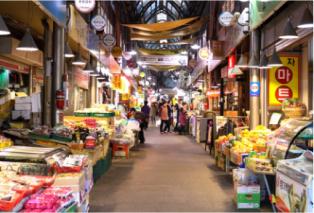
Seoul Folk Culture Tour (Code : HT-8)
- Tour Duration : 7h (09:00 ~ 16:00)
- Start/End Location : COEX Westgate
- Min. Participant : 20
Inclusive
- Transportation(44-Seater Bus)
- English Speaking Tour guide
- Admission Fee & Lunch
Tour Itinerary
- Gahoe Museum
- Bukchon Hanok Village
Attraction Overview
- 1) Gahoe Museum
-
- The Gahoe Museum is Korean folk-art museum established by Yoon Yeolsu.
- The museum's exhibits Director Yoon's private collection of folk paintings and folk religious amulets.
- There are more than 2,000 folk paintings and craftworks on display and the museum aims to showcase and preserve Korean folk art
- Visitors can also take folk painting lessons at the museum.

- 2) Bukchon Hanok Village
-
- Bukchon Hanok Village(Northern Village) is home to hundreds of traditional houses, called hanok, that date back to the Joseon dynasty.
- Today, many of these hanoks operate as cultural centers, guesthouses, restaurants and tea houses, providing visitors with an opportunity to experience, learn and immerse themselves in traditional Korean culture.
- As Bukchon Hanok Village is an actual neighborhood with people's homes, visitors are advised to be always respectful while looking around.

Hanbok & Tea Experience Tour (Code : HT-9)
- Tour Duration : 7h (09:00 ~ 16:00)
- Start/End Location : COEX Westgate
- Min. Participant : 20
- Max. Participant : 24
Inclusive
- Transportation(44-Seater Bus)
- English Speaking Tour guide
- Admission Fee & Lunch
Tour Itinerary
- Gyeongbokgung Palace(Renting Hanbok)
- Bongeunsa Temple(Tea Drinking)
Attraction Overview
- 1) Gyeongbokgung Palace(Hanbok)
-
- Gyeongbokgung Palace was the first and largest of the royal palaces built during the Joseon Dynasty.
- Built in 1395, Gyeongbokgung Palace was located at the heart of the newly appointed capital of Seoul and served as the main palace of the Joseon Dynasty
- Visitors to Gyeongbokgung can also visit the National Palace Museum of Korea and the National Folk Museum of Korea as they are located on the palace grounds
- There is also a cafeteria, souvenir shop, voice guide, PDA rental service, and more amenities available.
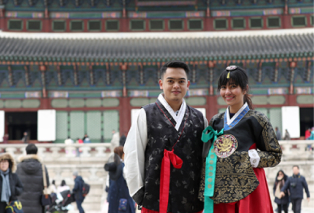
- 2) Bongeunsa Temple(Tea)
-
- Bongeunsa is a Buddhist temple founded in 794 during the Silla (one of the Three Kingdoms of Korea) period.
- The temple has more than 1,000 years of history and a very popular tourist destination, offering various programs relating to traditional Korean Buddhist culture, in a variety of languages.
- sitors can experience some simple Buddhist practices such as the daily dawn service, Korean Zen meditation, Dado (a tea drinking ceremony), and Balwoogongyang (a Buddhist meal with traditional bowls).
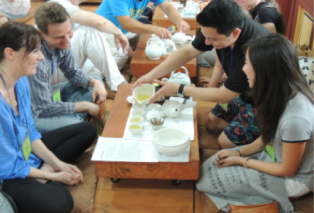
Seoul Night Tour (Code : NT-1)
- Tour Duration : 3.5h (18:30 ~ 22:00)
- Start/End Location : COEX Westgate
- Min. Participant : 20
- Max. Participant : 30
Inclusive
- Transportation(44-Seater Bus)
- English Speaking Tour guide
- Admission Fee
Tour Itinerary
- Namsangol Hanok Village
- N-Tower
(Cable Car included)
Attraction Overview
- 1) Namsangol Hanok Village
-
- Namsangol Hanok Village is a collection of five hanok (traditional Korean houses) from the Joseon Dynasty (1392-1910), recovered from different parts of the city and relocated to the northern foot of Namsan Mountain.
- The interiors of each of these five houses reflect owners from different walks of life, from the middle class to high government officials, noblemen and aristocrats.
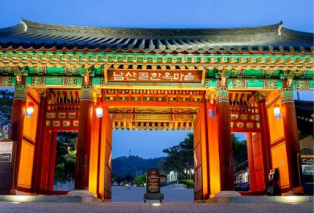
- 2) Namsan Seoul Tower
-
- Namsan Seoul Tower was built in 1969 as Korea's first integrated transmission tower beaming television and radio broadcasts across the capital. Since opening to the public in 1980, it has become a much-loved Seoul landmark.
- The Namsan Cable Car is the most convenient and fun way to reach the summit of Namsan Mountain!
- In just a three-minute ride, Visitors can reach the mountain peak up near the N Seoul Tower all the while enjoying a fantastic overlook of downtown Seoul
- Visitors can also catch a gorgeous aerial view of the city at night.
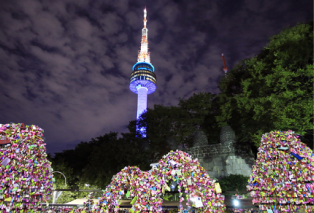
For further information, please contact gtn@gtn.or.kr
